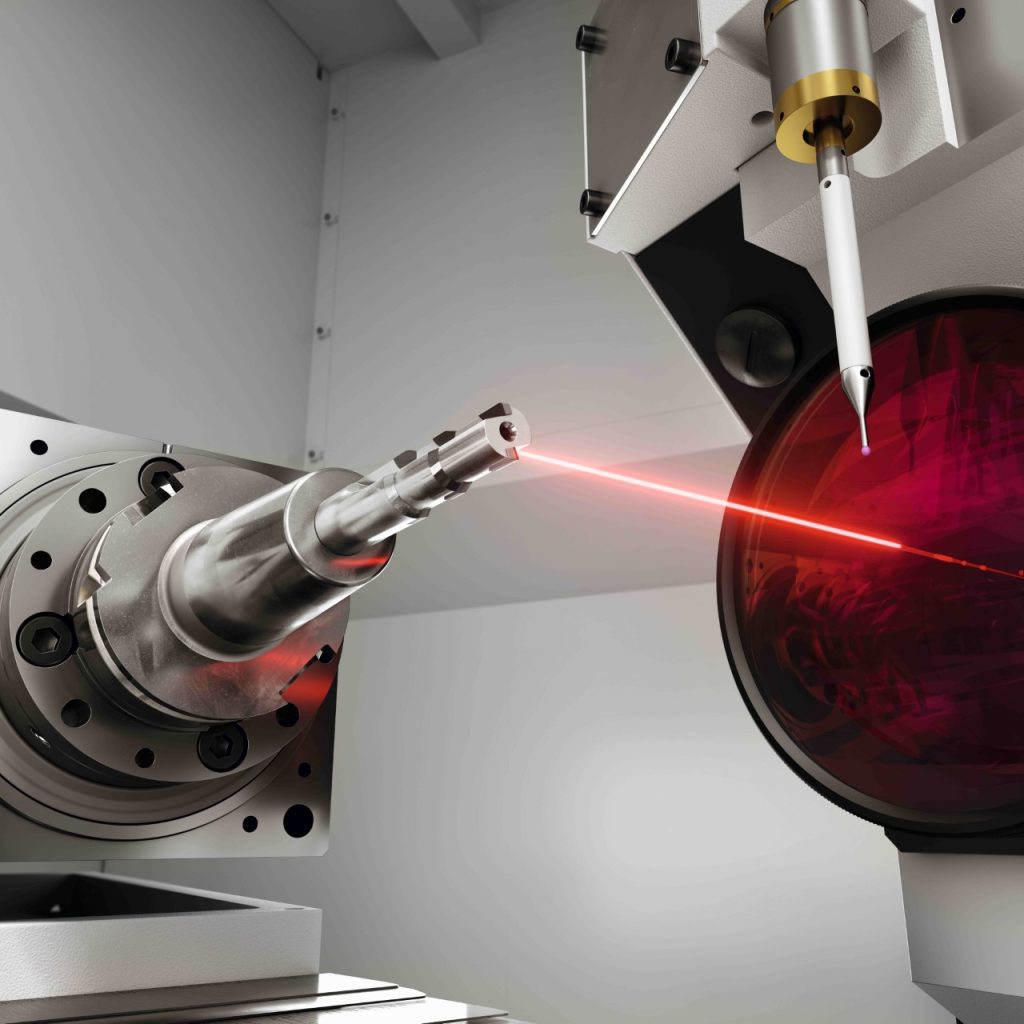VLaser 270 Laser-Based Sharpening Machine
VLaser 270 Laser-Based Sharpening Machine
The German sharpening specialist Vollmer has completed its range of products with a laser-based sharpening machine. The machine concept for the VLaser 270 will be presented for the first time in spring 2020.

The German sharpening specialist Vollmer has completed its range of products with a laser-based sharpening machine. The machine concept for the VLaser 270 will be presented for the first time in spring 2020.
The addition of laser technology makes Vollmer a full-line supplier of tool machining and completes its range of grinding and erosion machines. Vollmer has drawn on its 111 years of experience in all fields to develop the VLaser270. Innovative kinematics ensure fast and high-precision machining of ultrahard cutting materials, always keeping the tool in the center of the focal point based on the C-axis.
The relevant automatic settings enable unmanned use of the VLaser270 around the clock. Thanks to the noncontact procedure, the energy from the laser allows the new Vollmer VLaser270 machine to sharpen the cutting edges of cutting tools tipped are tipped with PCD or other ultrahard materials.
The laser machine completes Vollmer's range of grinding and erosion machines, making the German machine manufacturer a full-line supplierof sharpening technologies, whether rotary tools, circular saws or metalcutting bandsaws. This now means as a full-line supplier, irrespective of which process is used, Vollmer is always able to provide its customers with the optimal sharpening solution for their individual requirements.
At the core of the VLaser270 is its fixed laser beam guidance with innovative machine kinematics. The way in which the five axes are arranged on top of each other means that the tool is always machined at the pivot point of the C-axis. This makes it possible to machine tools with minimal axis movement and to ensure stable process control. At the same time, the kinematic chain enables high path accuracy, which has a positive impact on the machining accuracy and quality of the tools.
The VLaser270 can optionally be equipped with a counter point to achieve even higher concentricity. This makes the VLaser270 the first laser machine on the market to have such a counter point. The result is a machine that is compact in size, with dimensions that are clearly defined. The VLaser270 can be combined with the HC4 tool change automation, which is also used for other Vollmer machines.
The VLaser270 is flexible, efficient and ensures perfect cutting edge quality. It works without making contact, without tool wear and without any significant thermal influence. This latest innovation from Vollmer allows the customer to increase the operating life of tools and contribute to the sustainable optimization of manufacturing processes. It is equally suitable for manufacturing and resharpening ultrahard cutting materials.
Vollmer's laser technology can be used to optimize different processes in tool manufacturing, including the machining of chip guide notches. This involves incorporating notches behind the tool cutting edge to influence the cutting properties. Vollmer also wants to use its laser machine to carry out applications such as chamfer machining and preparing cutting edges.
"We're incorporating lasers into our range of machinery in such a way that they provide tool manufacturers with clear added value for sharpening," remarks Dr. Stefan Brand, CEO of the Vollmer Group. "As a full-line supplier, we have the flexibility to offer our customers a perfect sharpening solution, which is focused on customers' individual requirements using the three technologies – grinding, eroding and lasers."





